Destination Mekong

“A golden mystery up heaved itself on the horizon – a beautiful, winking wonder that blazed in the sun, of a shape that was neither Muslim dome nor Hindu temple spire,” wrote Rudyard Kipling in 1898. “There’s the old Shway Dagon,” said his companion. “This is Burma, and it will be quite unlike any land you know.”
The Mon built the Shwedagon Pagoda in Yangon after voyaging to India as far back as 600 BC. By the 3rd century AD they spread Buddhism into Laos and established the Suvarnabhumi Kingdom, known in Chinese and Indian literature as “The Land of Gold.”
In recent years, after decades of shying away from the world stage, Myanmar now stands in the spotlight. Travel back 100 years and step into Kipling’s shoes. Explore “Mystical Myanmar” and uncover the lost treasures of this golden land. Let your journey begin.
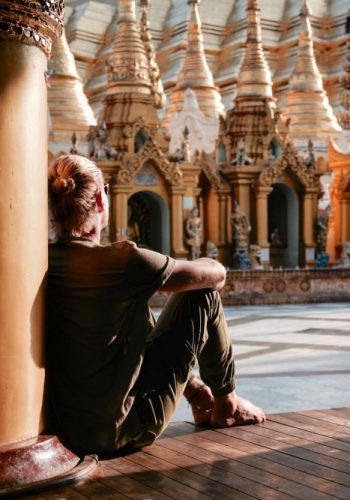
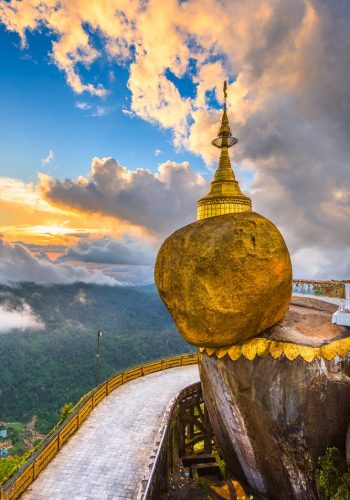
On the road north, stop to ponder the precariously balanced, 20-metre Kyaiktiyo (Golden Rock) Pagoda, coated with gold leaf placed by Buddhist pilgrims. Just before reaching Yangon, pull into Bago (formerly Pegu), a historic city filled with Buddhist sites.
From Yangon, head northwest to untouched Ngapali Beach and its 3 km of white sand. Swim in the turquoise waters of the Bay of Bengal, take an excursion to visit fishing villages and local markets, explore the countryside by bicycle, or tour the islands on a local boat.
On the Road…Getting to Yangon
If you believe “getting there is half the fun,” travel overland to Yangon from Mae Sot in Thailand’s Tak province. Cross the border to Myawaddy and continue to the Death Railway Museum at the end of Myanmar’s 112-km stretch of the notorious train tracks. The road then dips south to reach the world’s largest reclining Buddha and a Hindu temple teeming with monkeys.
With 300 km left to Yangon, take a break at Mawlamyine. The one-time British colonial port, known as Moulmein, sits on the Thanlwin River Delta at the Gulf of Martaban. Taste the town’s pre-WW2 flavor at the Zeigyi market and sample a smorgasbord of goods, then climb to the 1,100-year-old Kyaikthanlan Pagoda perched on a ridge.
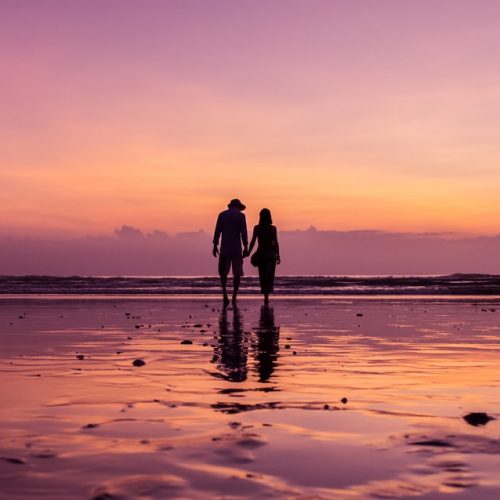
Boat or Train…The Way to Mandalay
Let the others fly to Mandalay while you chug through the countryside on a train or cruise up the Ayeyarwady on a riverboat, with stops at archaeological sites along the way.
Board the 716-km Yangon-Mandalay Express and grab a “hard” or “soft” seat. For an unforgettable Ayeyarwady experience, make the trip on a 100-year-old British steamboat…but get off halfway to Bagan at Pyay. Take your time to explore the Sri Kittara archaeological site and discover the ancient Pyu capital dating more than 1,500 years.
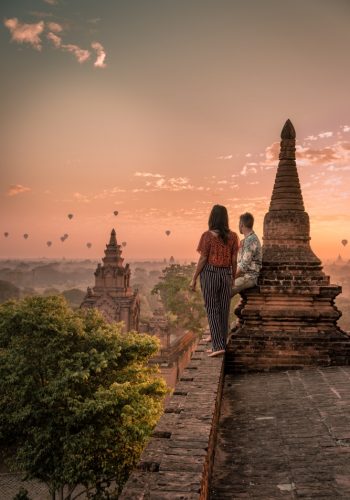
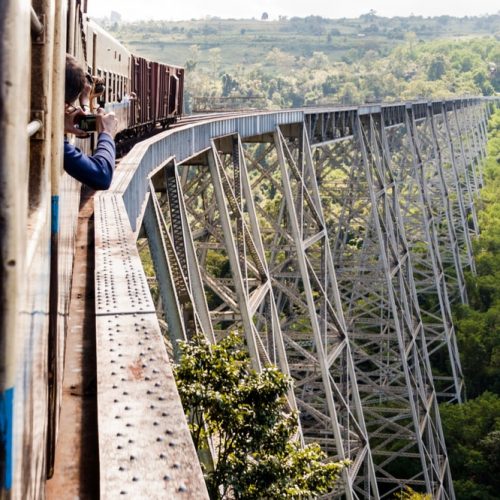
Climb back on the rails or river, and continue to the 2,000-year-old Burman capital of Bagan and its archaeological zone with thousands of pagodas near the Ayeyarwady. You can investigate the ancient city by foot or soar over the site in a hot air balloon.
Take a daytrip from Bagan to Mount Popa, an extinct volcano regarded as Myanmar’s Mount Olympus, in which spirits reside. Get back to nature inside its crater at the forested Popa Mountain Park. You can walk through an herbal garden with 345 species of indigenous medicinal plants and orchids. Maybe you’ll spot a barking deer, civet, monkey, or even a leopard.
Mandalay & Beyond…Pushing the Boundaries
Dig into historic Mandalay before seeking out remote ethnic groups in Shan State and exploring the distant northern mountain peaks in Kachin, where China and India meet.
Mandalay, Burma’s last royal capital, still stirs romantic images of an era that ended 150 years ago. Step into that canvas featuring the royal palace surrounded by an imposing moat at the foot of a pagoda-capped hill. Hop just outside and discover colonial hill stations and the sites of ancient cities.
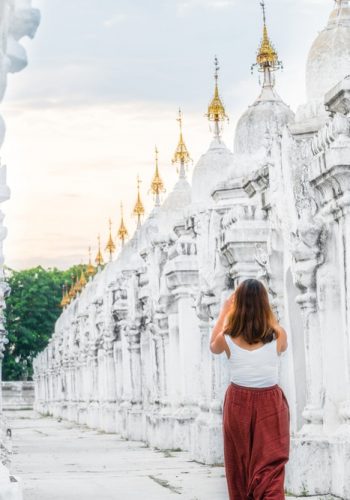
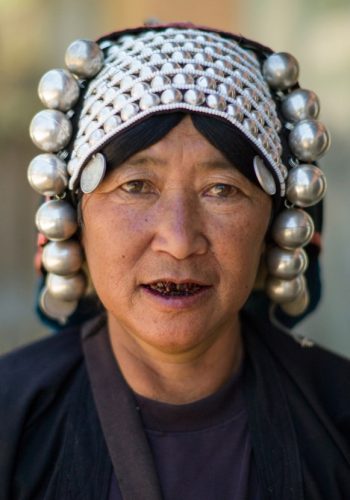
A short drive into southern Shan State leads to Inle Lake and Bird Sanctuary, where you can relax on a boat trip to visit the Intha people in their floating villages. Search deeper into the 1,663-km² wetlands sitting 880 meters above sea level, and try to catch a glimpse of some 80 bird species, otters, turtles, and 40 kinds of fish.
Only the truly adventurous need apply for the journey east to Kengtung, home to the Akha ethnic people and the Ann “black teeth” ethnic group. This frontier outpost sits along a short but rugged circuit that crisscrosses the Golden Triangle, touching China, northeastern Laos, and Thailand.
If you really want to stretch the boundaries of your comfort zone, head out on an expedition to Myitkyina, Myanmar’s Kachin State Capital. You can examine WW2 aerodromes in the Myitkyina area and journey another 45 km to Myit Sone, the source of the Ayeyarwaddy River.
